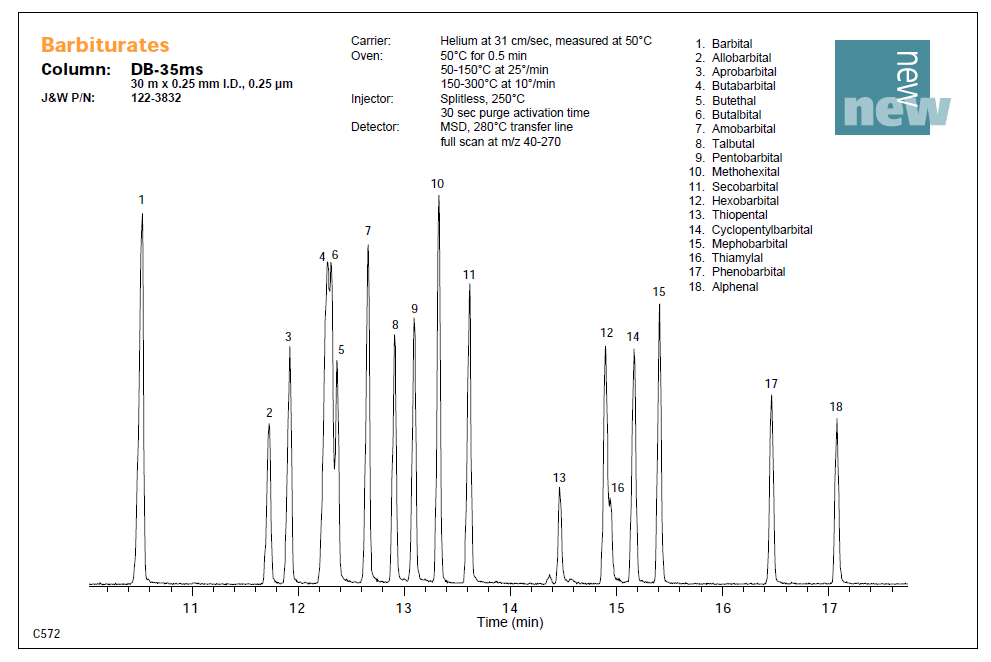As I have written before a lot of forensic science is really legitimate analytical chemistry that is re-purposed for the courtroom, but without proper scientific method validation before deploying it into this new purpose. This re-purposing of legitimate techniques and employing them without examining the true validity of doing so is not scientific. I call this police science, not true science. It is science fiction.
It is the difference between data-driven decisions versus data driving the decisions.
The problem with this approach is that the validity of the technique is doubtful whenever we do so. In fact, when we do so we truly have a non-validated result. When we look at the data, the validity of the re-purposed is compromised and in the worst cases is truly invalid.
What I am about to do is to show you some data. This data comes from the column manufacturers themselves. It is their published data and chromatograms from their best equipment and by their technical experts running the instruments. They put the information on their websites, in their trade magazines, and in their sales catalogs. It is their most beautiful work. So, in other shorter words: This is as good as it gets. Like most things in life, when applied in practice in the real world outside of the manufacturer, the optimal that these chromatograms represent are not replicated in the crime laboratory. Frequently, the chromatography is worse.
Before we review the data, let’s brush up on some of our fundamentals.
In our post What is a Gas Chromatography column and why should I care?, we learned that the column is the main driving force of our chromatographic goal which is to separate, create specificity and make for a unique qualitative measure that answers the question of “What do we have to the exclusion of everything else in the universe?” We also know that without proper separation (resolution), then we cannot provide legitimately for a valid quantitative result which seeks to answer our question: “Of what we were able to separate (or not) how much do we have?” Finally, we learned in our post Mass Spectroscopy for Lawyers Part 8: A scientific war, between spectroscopists and chromatographers is co-eution a problem in hyphenated MS work? that co-elution and the lack of proper separation (resolution) in Mass Spectrometry invites in questions of human integrity and the chance of incorrect interpretation (judgment calls) that can result in the wrong qualitative result.
We have a non-colloidal mixture of a whole bunch of stuff. It is injected into the machine. Based upon the chemicals in the coating of the inner wall of the column (called the stationary phase), it will attract different compounds differently and “hold them up” as they travel along the length of the column. Put more simply, if you select the right stationary phase, different compounds in the non-colloidal mix “hang around” longer than others in the column. Depending upon the stationary phase we chose to use, we can cause the separation of the different compounds. Different stationary phase, we get different separation either measured in time or even in order of what comes out and when. There is no such thing as a universal “I separate everything” column for the very reason we have pointed out before—namely there are so many different compounds (65 million registered in CAS). Separation in the stationary phase is based primarily upon boiling point and polarity.
So what the police do is they re-purpose a column from another application (DB5 column which is the most universal column used in industry- 5%-Phenyl-methylpolysiloxane), stick a new title on it without doing anything more to improve it (EVDX-5MS), shoot certified reference materials through in a resolution matrix and get the following type of separation.

So, now with that refresher/reminder in place, we can look at data.







